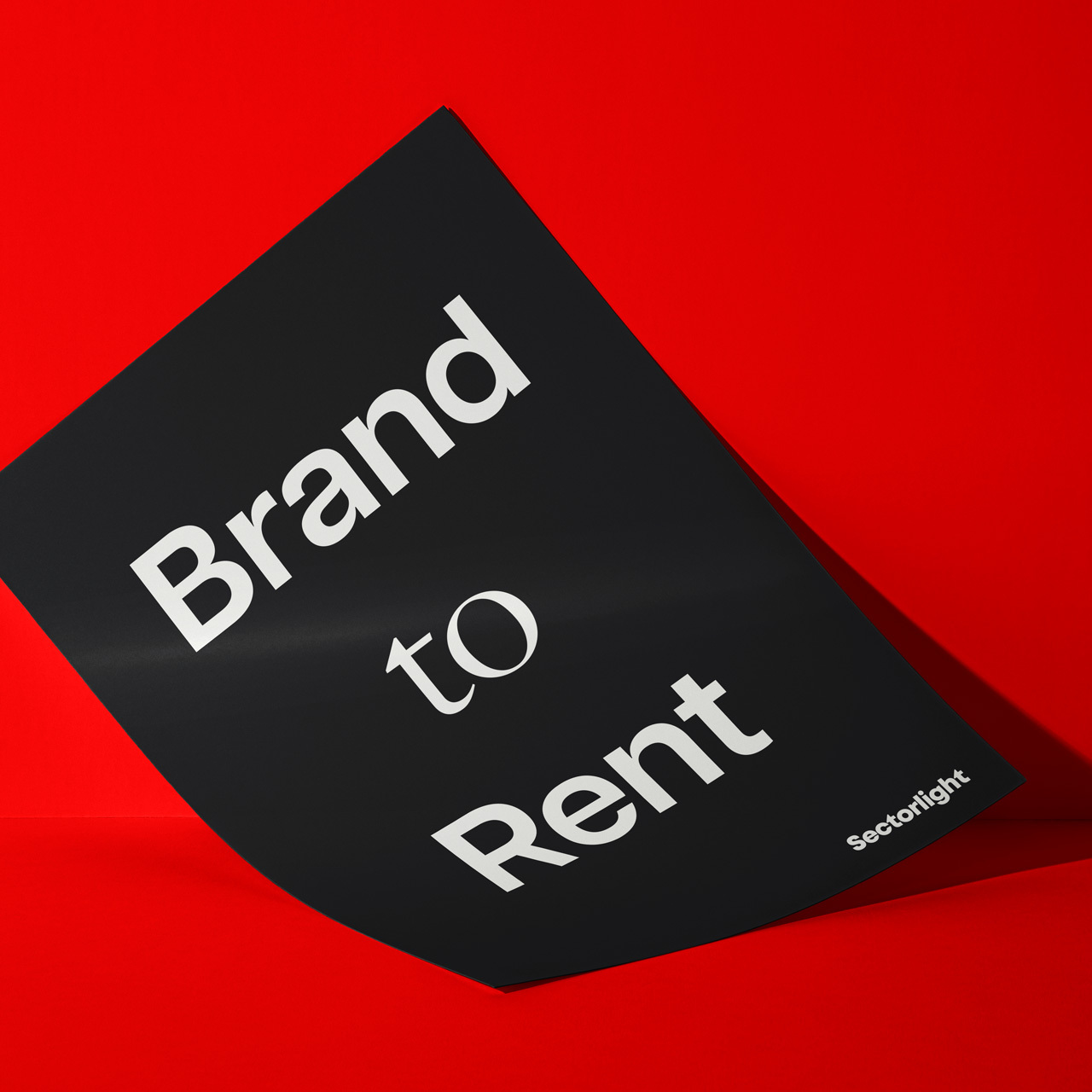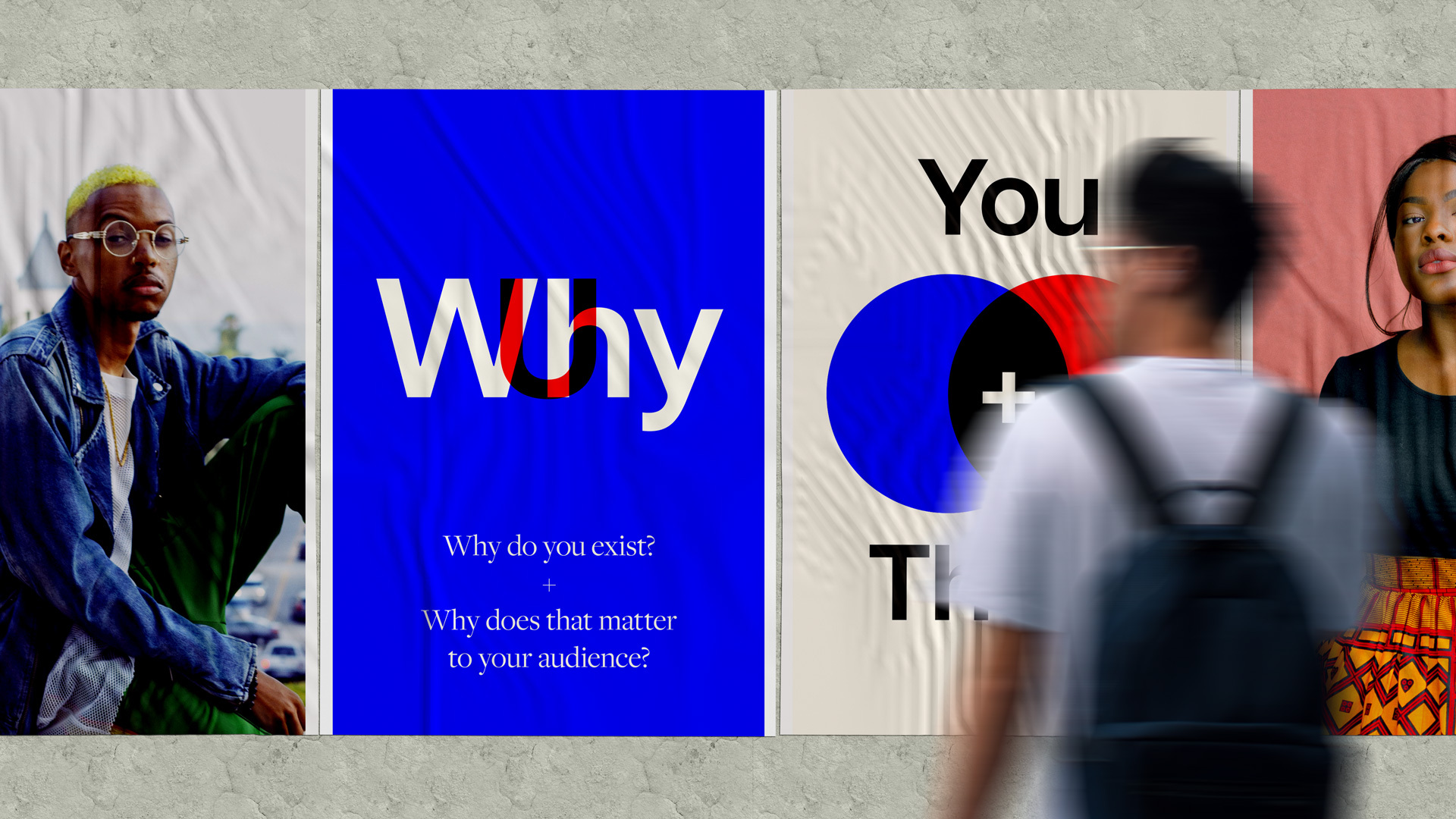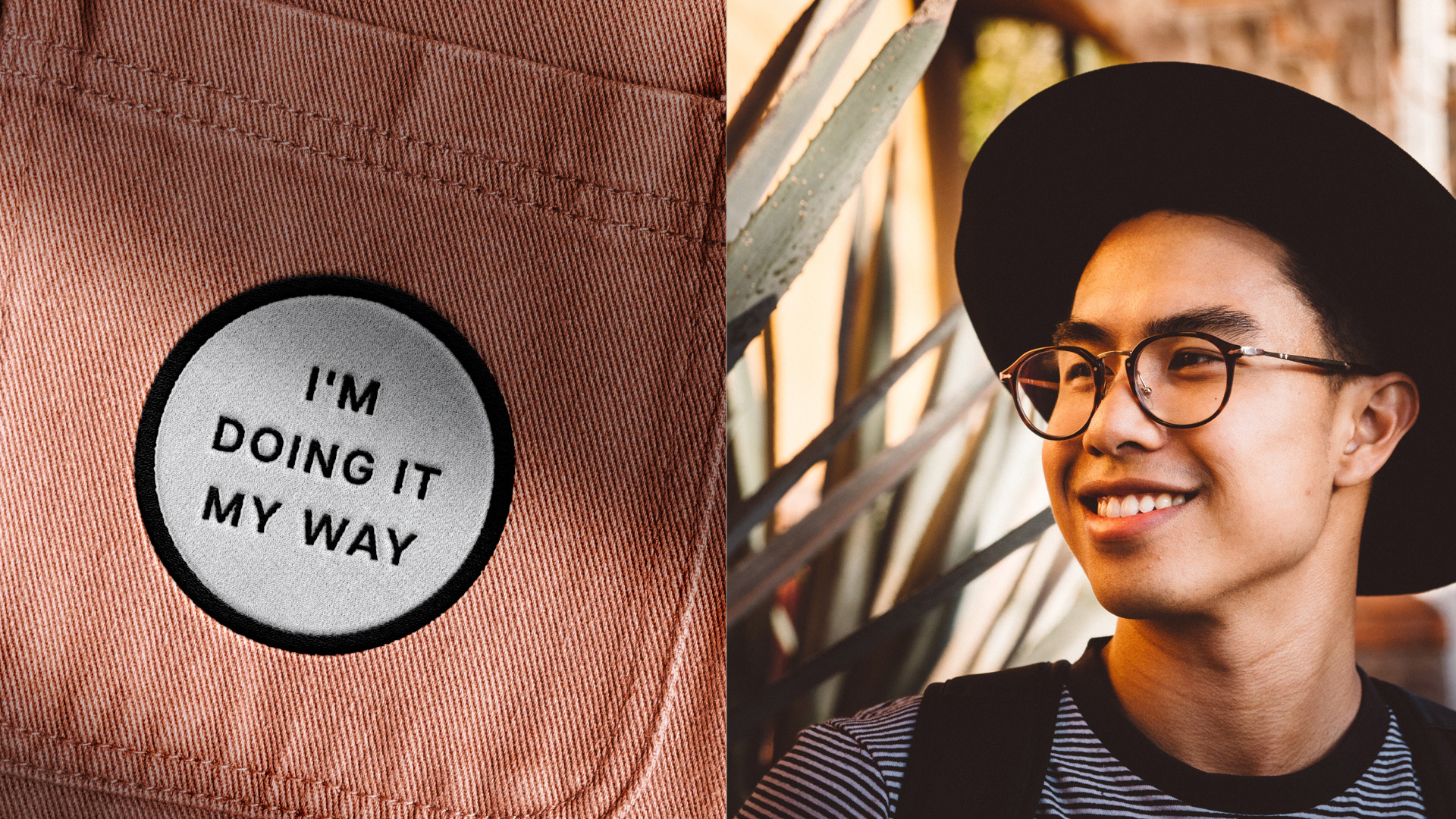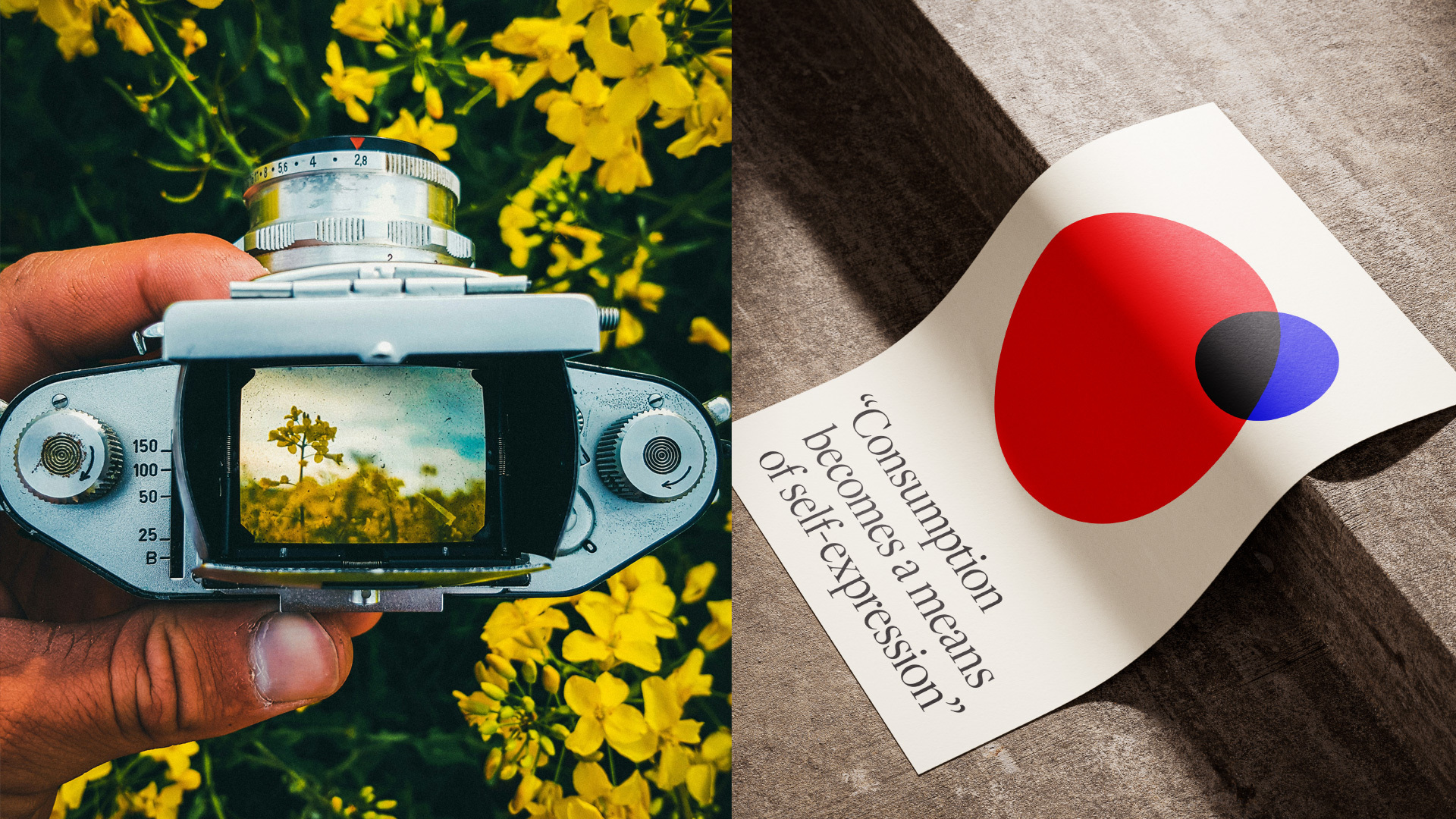

What makes BtR different? Completions continue to grow year-on-year. But this market-defying trajectory threatens saturation; what makes a BtR scheme stand out from the crowd? How is the price premium justified? HUB’s Damian Sharkey suggests post-pandemic living has stressed the “benefits of living in a community”, with research showing the most favoured facilities are ones that provide socialisation. BtR has a practical edge that’s capable of cutting through the ‘community washing’.
“The benefits of belonging to a community, long-associated with ownership of property, is now filtering through to the rental sector. Previously seen as a ‘transient’ phase of life, BtR is now offering renters the same sense of stability, community and belonging as homeowners”.
Leila Melhem – Client Services Director
Another marked departure from the traditional rental market is branding and identity. Vicky Hurcomb of Sigma Capital highlights its importance: “Without it, arguably, you’re just another private landlord with a large portfolio of homes. The professionalism expected from a Build to Rent landlord is lost without its brand to communicate your ethos, values and promises.” This is backed up by Colliers International Rental Insights Survey, which found branded BtR schemes command a 25% premium over comparable buy-to-lets than their unbranded counterparts. Combine these two differentiators and you’ve got ‘Brand Community’. McKinsey declared it the big idea of 2020s marketing. Exemplars include Apple, Harley Davidson, Ganni and Gymshark. As per Harvard Business Review, “If a company can transition from simply delivering a product to building a community, they can unlock extraordinary competitive advantages and create a superior business model”. Brand differentiation, market relevance and brand loyalty foster enthusiastic followers that help acquire new members and are loath to leave, resulting in increased retention. The original Brand Community concept was virtual rather than physical, but Harley Davidson and Gymshark’s communities both centre on meeting and interacting at physical locations. The social and emotional ties communities develop in physical spaces deliver price premiums of up to 20%.

It shouldn’t be a surprise how important a sense of place is to communities. Although groups now spring up online, where we live retains its power as the original community hub. Londoners may never chat on the tube, but 77% of us think it’s important to be part of a community. Reducing loneliness and isolation was cited as the most important wellbeing priority nationally. While “the 15-minute city has become shorthand for a certain kind of quality of life based on having key social amenities within 15 minutes’ walk of homes… People have realised that the one minute city — ‘how can I easily interact with my neighbours’ — is as important” (NLA Housing Londoners report).
Who are they?
But one thing no one wants to be part of is a demographic. There’s no loyalty to a label. This is tribe over audience. Purpose over product. The connection runs much deeper, bound by those emotional ties to place and proximity to others. Your people, your place. To find your tribe, you need to look beyond target demographics, and start dealing with the mentalities and motivations behind the labels.
“Market research, audience testing; there’s so many ways of analysing an audience and what makes them tick. That’s crucial for success, but so is kindling an emotional connection that’s powerful enough to influence decision making. Knowing what you stand for and being meaningful in who how you behave (with a dose of disruption) is integral, if a brand is to stand any chance of gaining traction in an ever-evolving, saturated market. Get it right and you trigger a long-lasting relationship between brand and consumer.”
Richard Stevens – Managing Director
Salaries and property brackets aren’t what tribes are built around. What underpins the ‘generation rent’ mindset, besides frustration with private landlords? Preferring to spend on experience over product, it’s about being part of a club. Gen Z are ageing into the market in city centres; they are even more issue and identity driven than millennials, but see consumption as access to life-enhancing experiences rather than owning.
For a variety of practical reasons BtR is well suited to providing for these groups; strategic research and development allows it to carve out an amenity offering, location, and brand experience capable of forging new tribes and enticing others to join. A nuanced understanding of who they are allows brands to market the boons of BtR to their mindsets.
How do you attract them?
They’re already searching for a community, but it has to ‘feel’ right. That means getting the right identity. Making it something they can see themselves as part of. Hurcomb found that branding “reinforces the sense of belonging for residents…which not only demonstrates the value in perception of a brand but also displays how it can become something that residents feel empowered to get behind and proud to be a part of.”
Tribes are distinguished through their styles of self-expression, and that extends to their homes. But being distinct is also about what you stand for. Modern consumers are overwhelmingly value-driven, and this is only heightened when it comes to purchases that are close to home. Purpose has to be at the core of a brand, and a community. This reason ‘why’ is summed up in your brand promise, the bond between your people and place. Forbes’ brand community expert claims “people are 84% more likely to trust a referral or recommendation if it comes from a friend”, so once you’ve tapped into a tribe, your word of mouth has to be on point.

The loyalty is formed like all emotional bonds are; through experiences. Kickstart things with a social calendar tailored to your tribes; supper clubs, running clubs, book clubs. Give residents ownership over these activities and they become self-perpetuating; provide the space and your tribe will take over.
“Our brief for Hurlingham Waterfront was to ‘move past the ordinary’ and create authentic market distinction. The brand needed to be committed. That meant creating a brand built on a mindset vs simply selling a good-looking product. One with the kind of personality that attracts a community of like-minded individuals”.
Caroline Pryer – Senior Account Director
Where are they?
Where do you go looking for these communities? Millennials and Gen Z are known as digital pioneers and digital natives respectively. Proactive tribes build actively engaged communities that mention, share and tag the brand. Social media isn’t just a subset of your communications strategy, it’s a virtual manifestation of your physical community. Lead with the emotion, curate the experience, get personal and go viral. Go one step further and add a hub, an ambassador for your brand. Nano-influencers, with small but dedicated followings, keep things relatable and authentic with short-form video. Own your channels and you can build the kind of tight viral loop that made Gymshark and ‘Ganni Girls’ social media sensations.

“At the moment no-one in the sector is producing content with an attitude. You do that by leaning into your essence. It should feel natural; that means speaking to emotion. The feeling of home hits the heartstrings. To communicate that you need your champions, those people that help you stand out when that difference is what your audience want to see”.
Laurie Milton-Jefferies – Junior Strategist
How the tribe supercharges your brand
Achieve that level of organic social media and your community flywheel is on a roll. Building a tribe by tapping into their mindset means you stay relevant, because the brand community becomes its own driving force. Members are committed, take ownership and spread the word. Hit the ground running with activities and events that are self-energising, made by your people for your people. 66% of companies claim their community has impact on customer retention; this self-perpetuating relevance is what propels BtR. It’s a model built on long term value, multiple communities and re-letting. The traditional residential textbook is out the window. The look and feel now has more in common with hospitality space and lifestyle brands. A brand promise full of purpose relates this community experience and speaks to your tribe. It’s the trust people feel, that key emotional factor in taking the leap of faith into a brave new world. Mindsets have pivoted to suit BtR, now’s the time to drive the change. Attract a tribe and you can build a movement.

